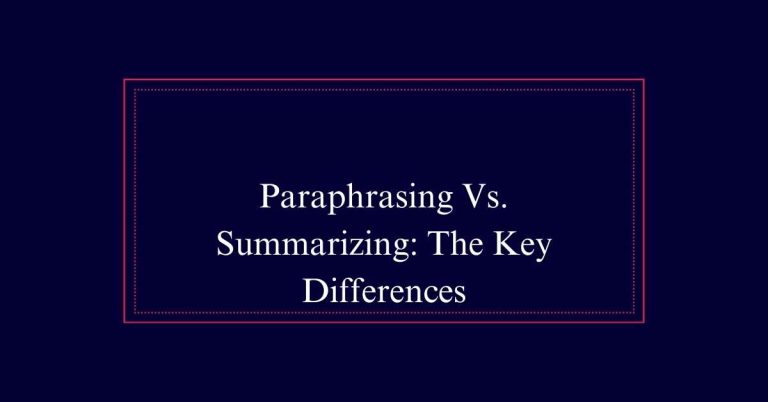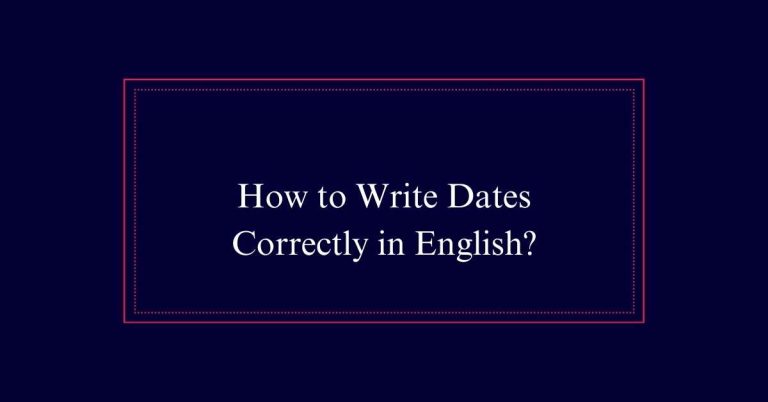Yea, Yeah, or Yay?
The words ‘yea,’ ‘yeah,’ and ‘yay’ differ in meaning and usage. ‘Yea’ is a formal term meaning ‘yes,’ used in contexts like legislative voting. ‘Yeah’ is an informal agreement term, common in everyday speech and casual conversation. ‘Yay,’ on the other hand, expresses joy or excitement and is frequently seen in social media and celebratory contexts. While ‘yea’ and ‘yay’ sound similar, their meanings are distinct.
Pronunciation Differences
Understanding the pronunciation differences between yea, yeah, and yay is crucial for accurate communication. Yea is pronounced ‘yay’ and is often used in formal settings, like legislative votes, to indicate approval. It originates from the Old English word ‘gēa’.
Yeah, pronounced ‘yeh’, is a more casual counterpart of yes. It gained popularity in the early 20th century and is frequently used in everyday speech.
Yay, pronounced the same as yea, is used to express excitement or joy, often in informal contexts like social media. Despite the similar pronunciation of yea and yay, they have distinct meanings.
Meaning of Yea
While pronunciation distinctions are important, the meaning of ‘yea’ is equally significant in understanding its proper usage.
‘Yea’ is an affirmative term, meaning ‘yes.’ It is often used in formal settings, such as legislative votes, to indicate approval or agreement. For example, during a vote, members may respond with ‘yea’ to support a motion.
Additionally, ‘yea’ can be used to emphasize or reiterate a statement, providing a stronger affirmation. Its origins trace back to Old English, specifically from the word ‘gēa.’
Meaning of Yeah
In contrast to ‘yea,’ ‘yeah’ is a more informal term used to express agreement or affirmation. It is pronounced ‘yeh’ and is commonly found in everyday conversation. Unlike ‘yea,’ which is often seen in formal settings, ‘yeah’ carries a casual tone.
It emerged in the early 20th century and has since become a staple in colloquial English. When someone says ‘yeah,’ they are usually indicating that they agree with what has been said or that they understand. It lacks the formal connotation of ‘yea’ and is more versatile in informal communication.
‘Yeah’ is a simple, direct way to express concurrence without the weight of formality.
Meaning of Yay
‘Yay’ is an exclamation used to express joy, excitement, or triumph. It is often seen in informal contexts, especially on social media or in casual conversations. For example, someone might say ‘Yay, we won the game!’ to show their happiness and enthusiasm.
Unlike ‘yea’, which indicates approval in formal voting, or ‘yeah’, which is an informal affirmation, ‘yay’ specifically conveys a positive emotional response. It is important to note that ‘yay’ is frequently confused with ‘yea’ due to their similar pronunciation.
Despite this, the meanings are distinct and context usually clarifies the intended word. ‘Yay’ stands out for its clear association with celebratory sentiments, making it a popular choice for expressing spontaneous joy.

Historical Origins
The historical origins of ‘yea’ trace back to Old English, specifically the word ‘gēa’. This term evolved over centuries, retaining its affirmative meaning.
‘Yea’ has been used in various contexts, particularly formal ones, for a long time. Understanding its roots can provide insight into its continued relevance today.
- Old English: ‘gēa’ was used to affirm statements.
- Middle English: The term shifted to ‘yea’, maintaining its meaning.
- Legislative Use: ‘Yea’ was adopted in formal voting to indicate approval.
- Literature: Historical texts often used ‘yea’ for emphasis.
- Modern Usage: While less common, ‘yea’ persists in formal settings.
Formal Vs. Informal Usage
Distinguishing between formal and informal usage of ‘yea’, ‘yeah’, and ‘yay’ is essential for effective communication.
‘Yea’ is formal and often used in legislative contexts to signify approval. It carries a weight of tradition and formality, making it suitable for official settings.
Conversely, ‘yeah’ is a casual affirmation, common in everyday speech. It lacks the formality of ‘yea’ and is widely accepted in relaxed, informal conversations.
‘Yay’ expresses excitement or joy and is mainly used in informal contexts like social media or casual dialogue.
Common Confusions
Understanding the distinctions between ‘yea’, ‘yeah’, and ‘yay’ can often lead to common confusions due to their similar pronunciations and overlapping usage in informal settings. These words, although sounding alike, serve different purposes and contexts.
Here are some key points to keep in mind:
- Yea: Pronounced ‘yay’, means yes and is used in formal voting.
- Yeah: Less formal than ‘yes’, pronounced ‘yeh’, common in casual speech.
- Yay: Expresses excitement or joy, often seen in social media.
- Yea and yay: Pronounced the same but have distinct meanings.
- Misuse: Common in writing due to their phonetic similarities.
Legislative Uses
In legislative settings, ‘yea’ is the term used to signify a vote in favor or approval. This formal usage is common in governmental and organizational votes.
Legislators often respond with ‘yea’ or ‘nay’ to indicate their stance on proposed measures. The term guarantees clarity and avoids ambiguity in official records.
Unlike its informal counterpart ‘yeah’, which is rarely used in such contexts, ‘yea’ carries a sense of tradition and formality. Its roots in Old English underscore its longstanding role in parliamentary procedure.
The clear distinction between ‘yea’ and other affirmations helps maintain order and precision in legislative processes.
Casual Conversations
While ‘yea’ is reserved for formal votes, ‘yeah’ emerges as its informal counterpart in casual conversations. This term is widely used in everyday language and offers a relaxed, approachable alternative to the more formal ‘yes’. Its simplicity and ease of use make it a staple in modern dialogue.
- Frequency: Commonly used in daily interactions.
- Tone: Conveys a laid-back, friendly attitude.
- Context: Suitable for informal settings and casual chats.
- Flexibility: Can be used in various expressions and idioms.
- Popularity: Preferred choice in texting and social media.
Examples in Media
Many respected publications have illustrated the distinct uses of yea, yeah, and yay in various contexts.
For example, The New York Times often uses ‘yea’ when reporting on legislative votes, highlighting its formal tone.
In contrast, ‘yeah’ appears frequently in Salon’s articles, reflecting casual dialogue.
‘Yay’ is commonly seen in informal settings, such as social media or entertainment news.
The Guardian, for instance, has mentioned ‘yay’ in the context of celebrating new comedy trends.






